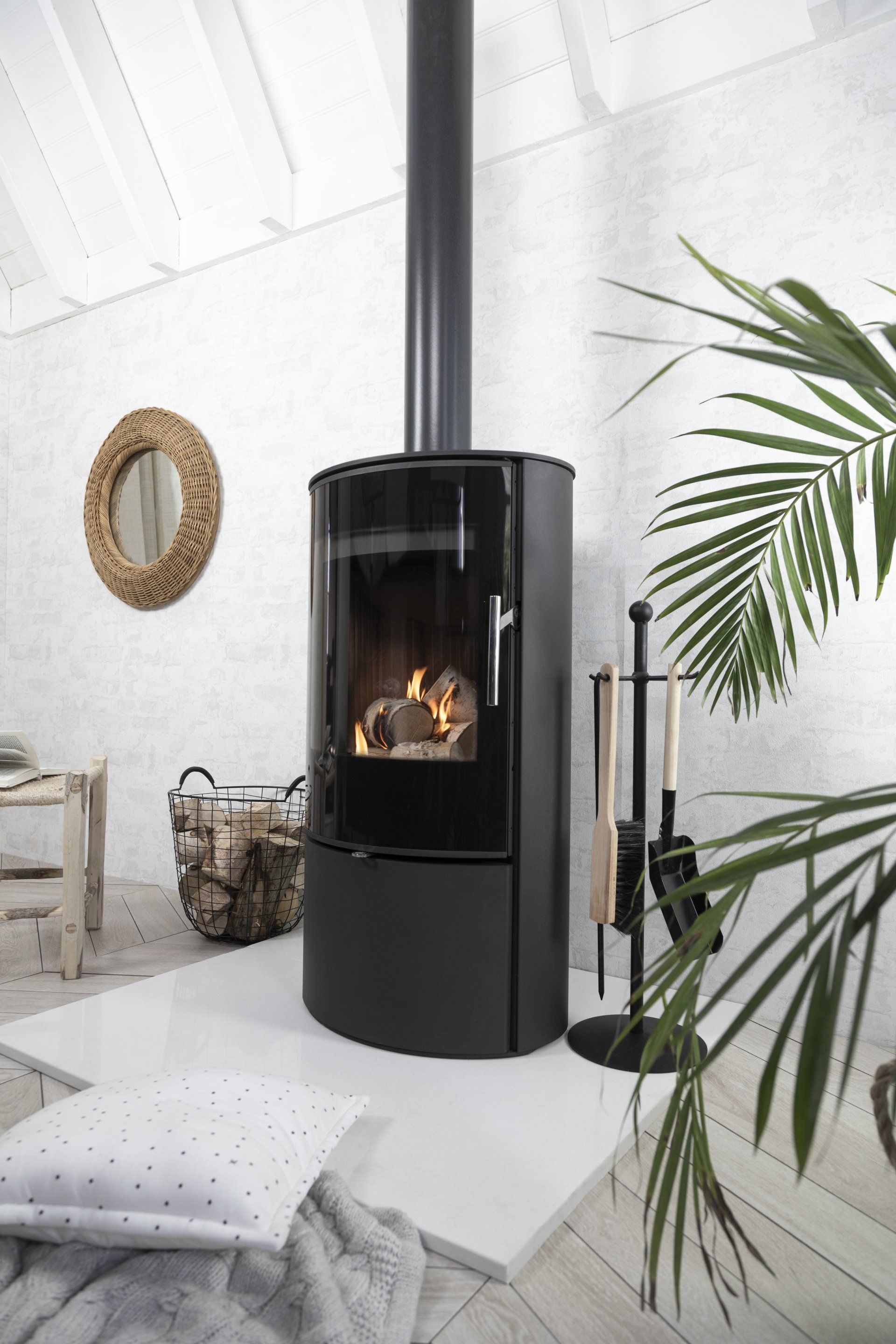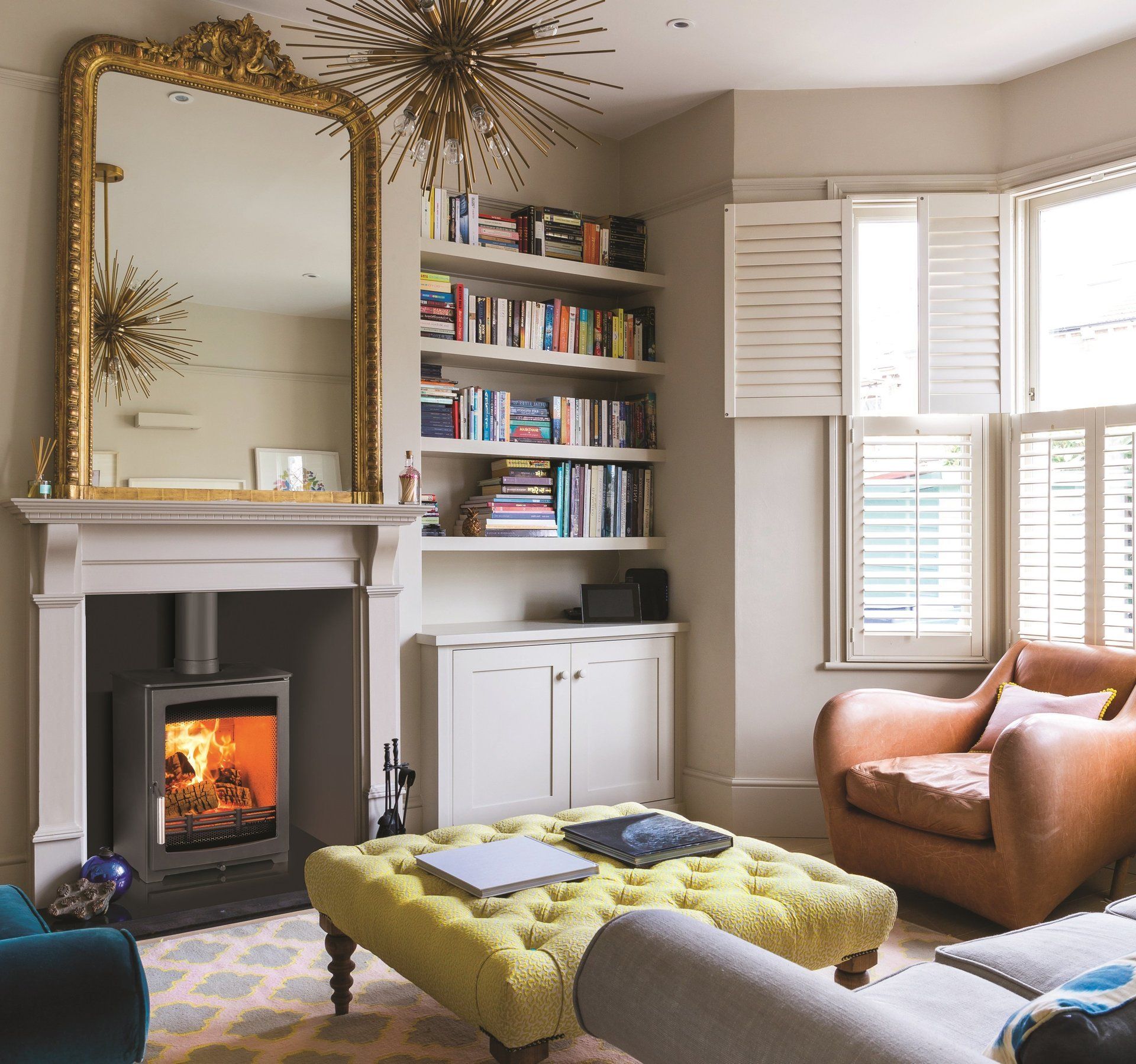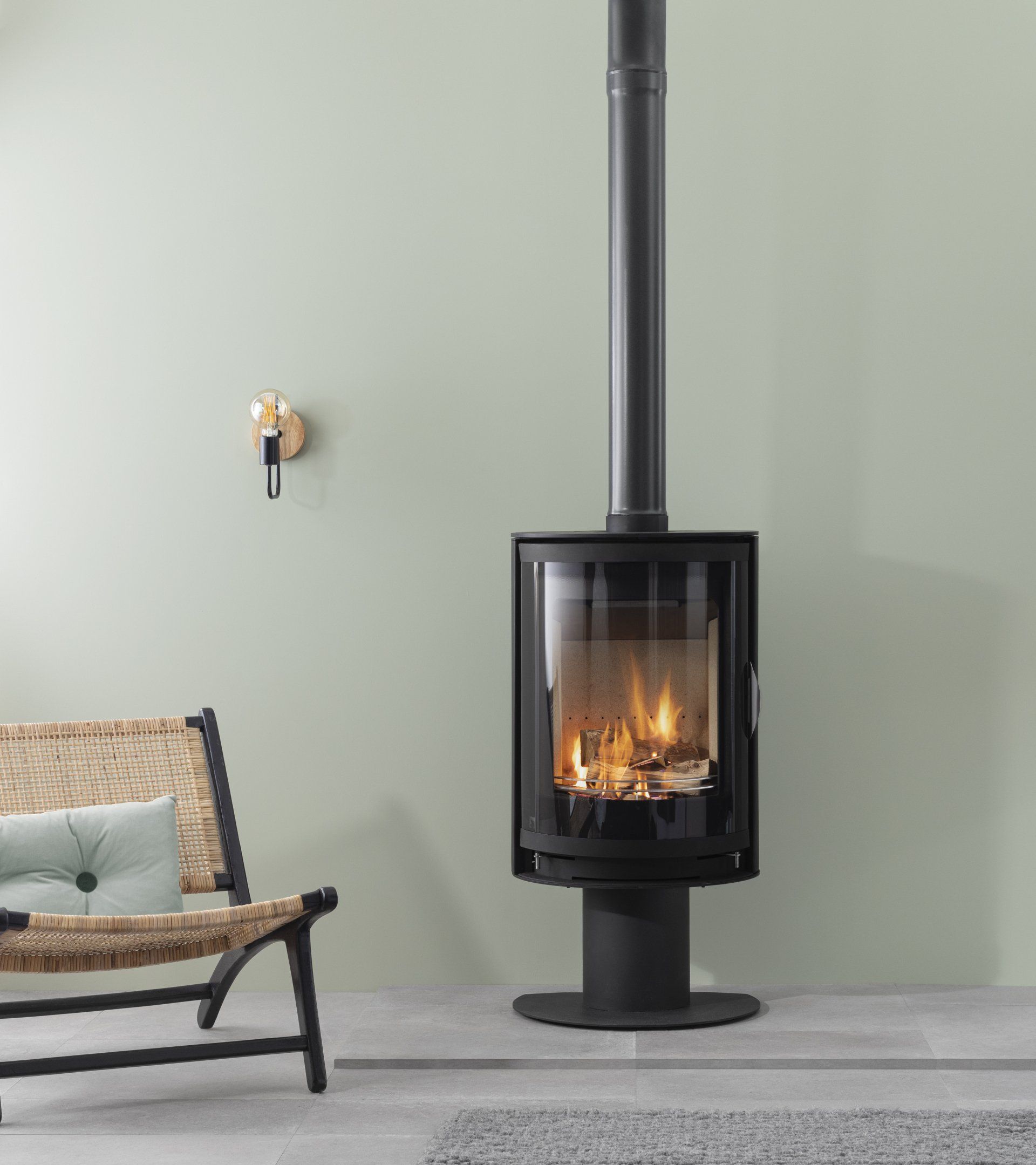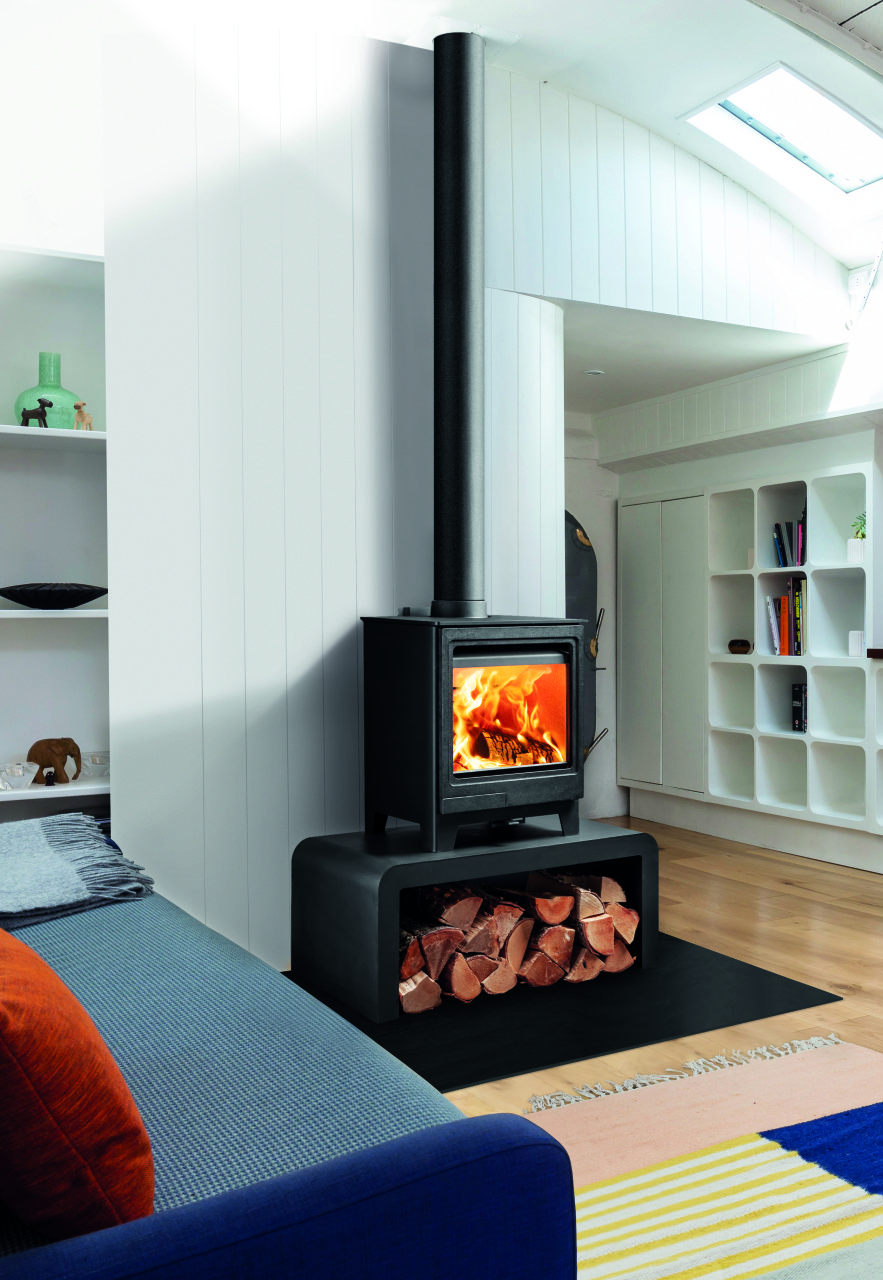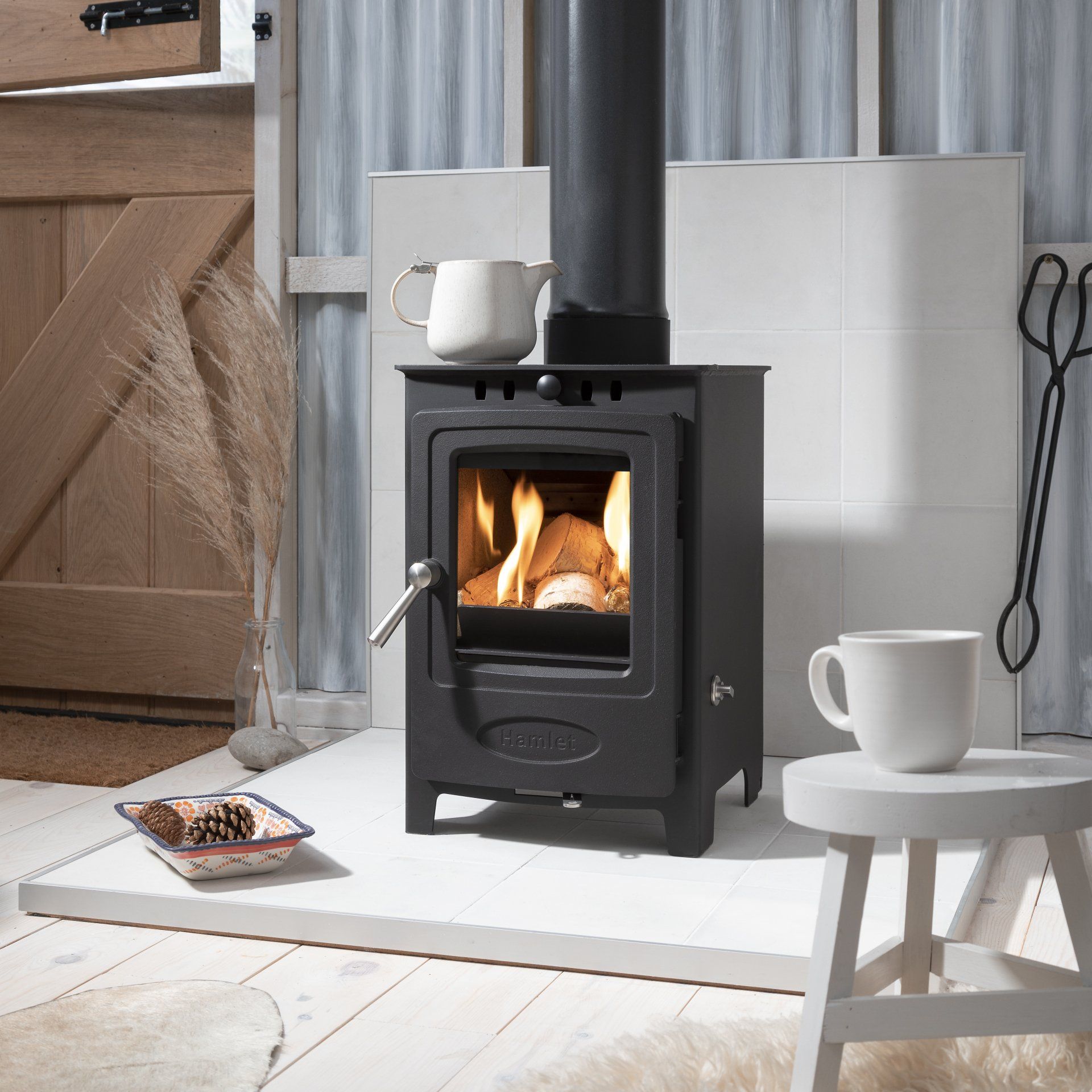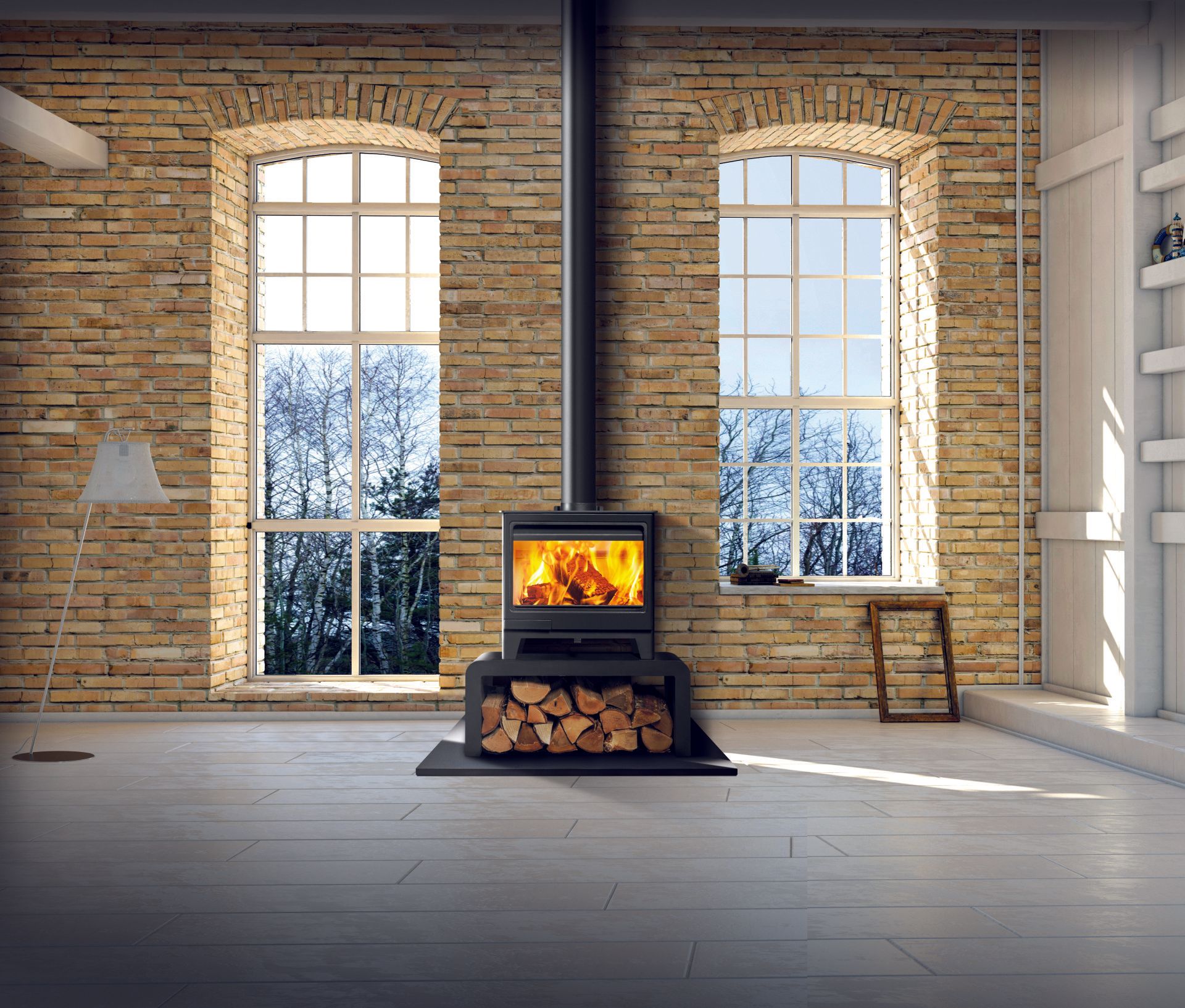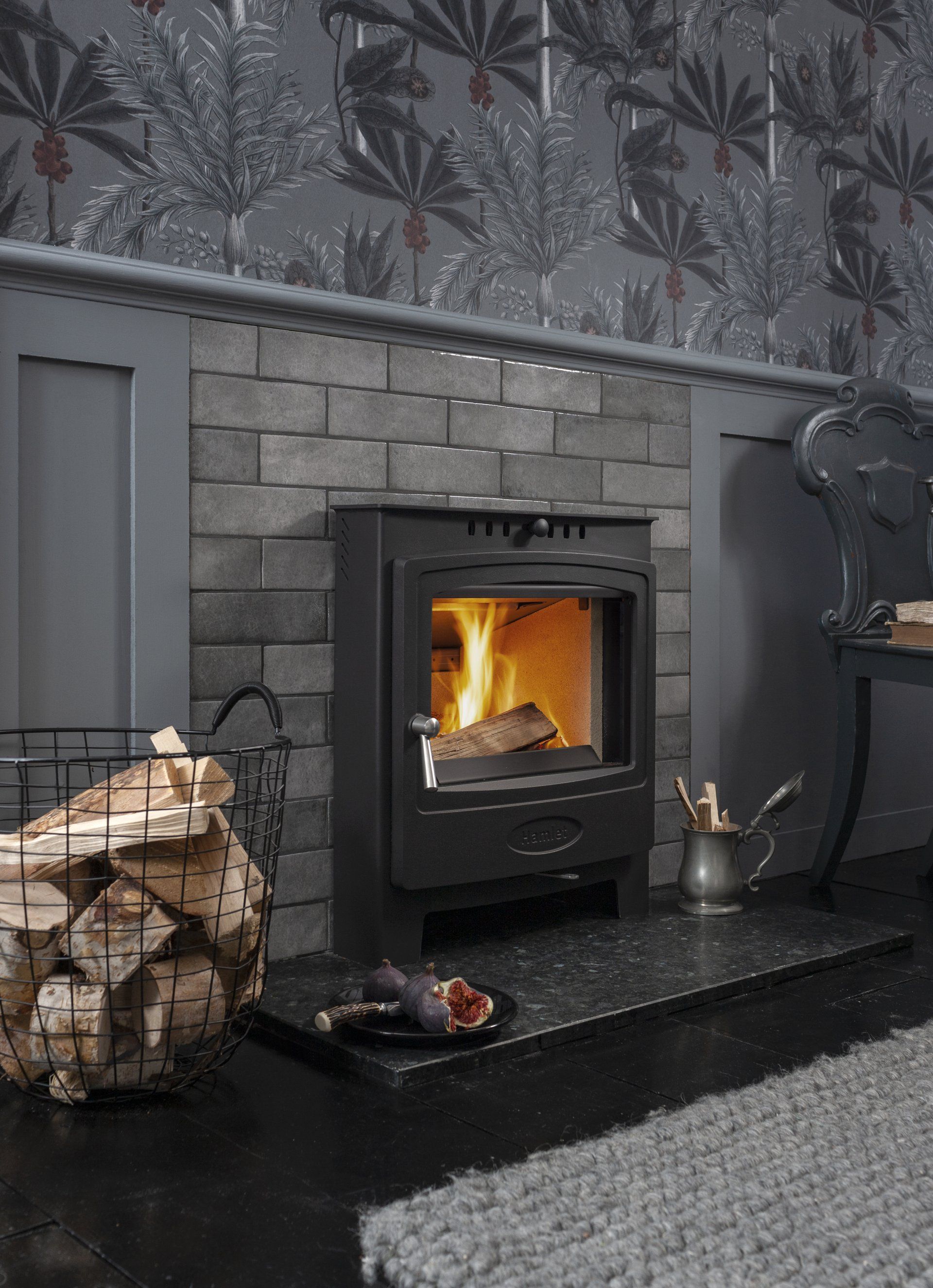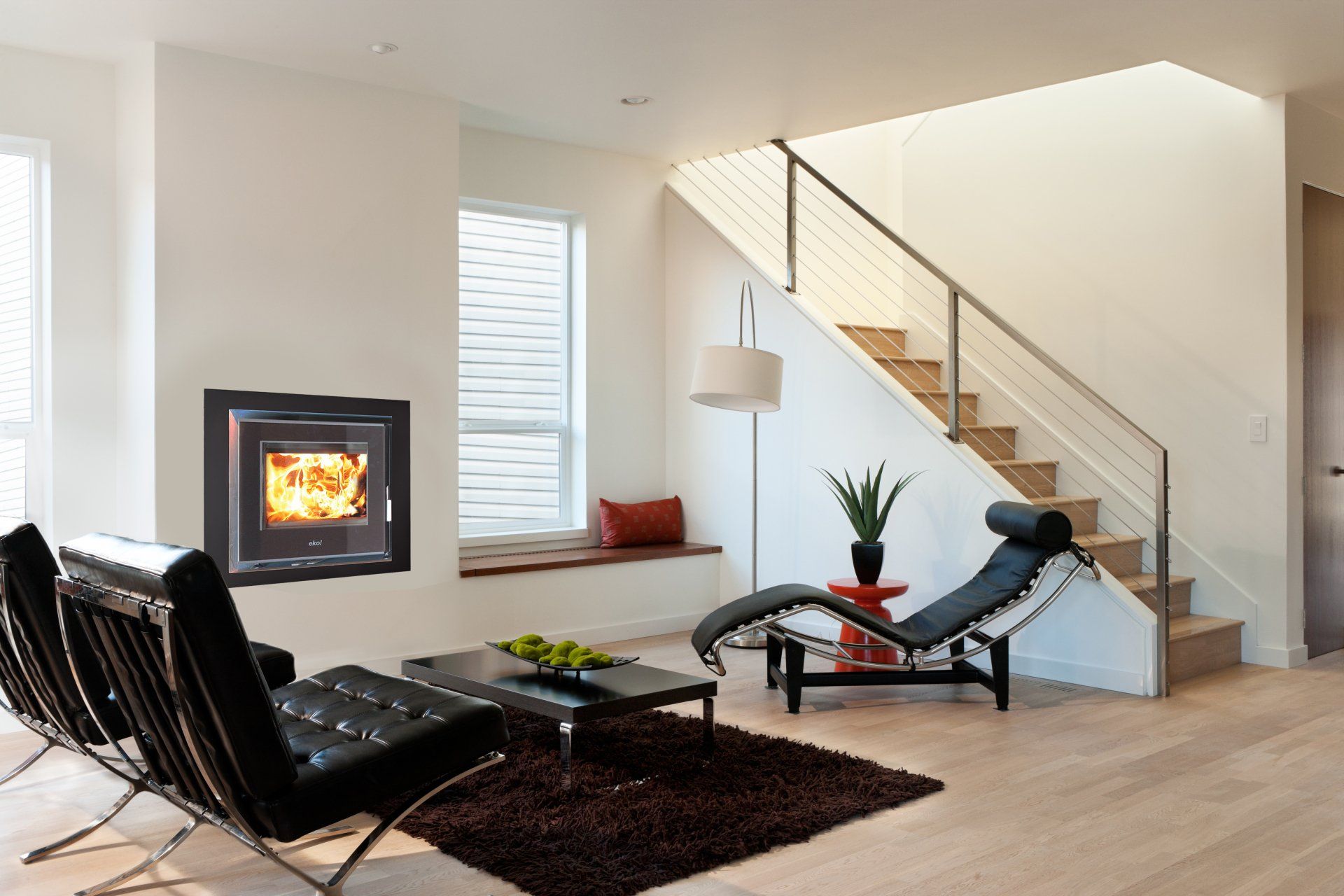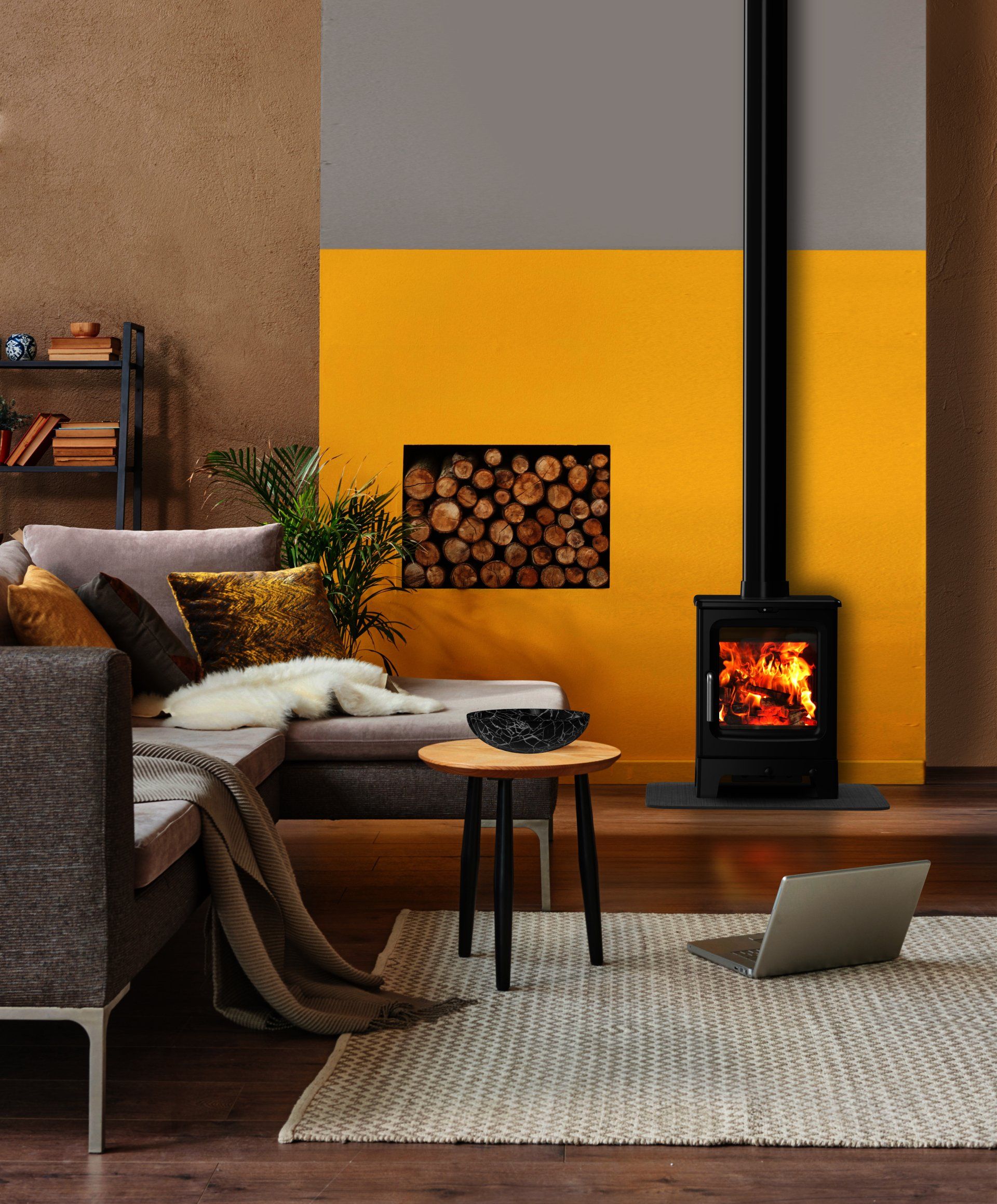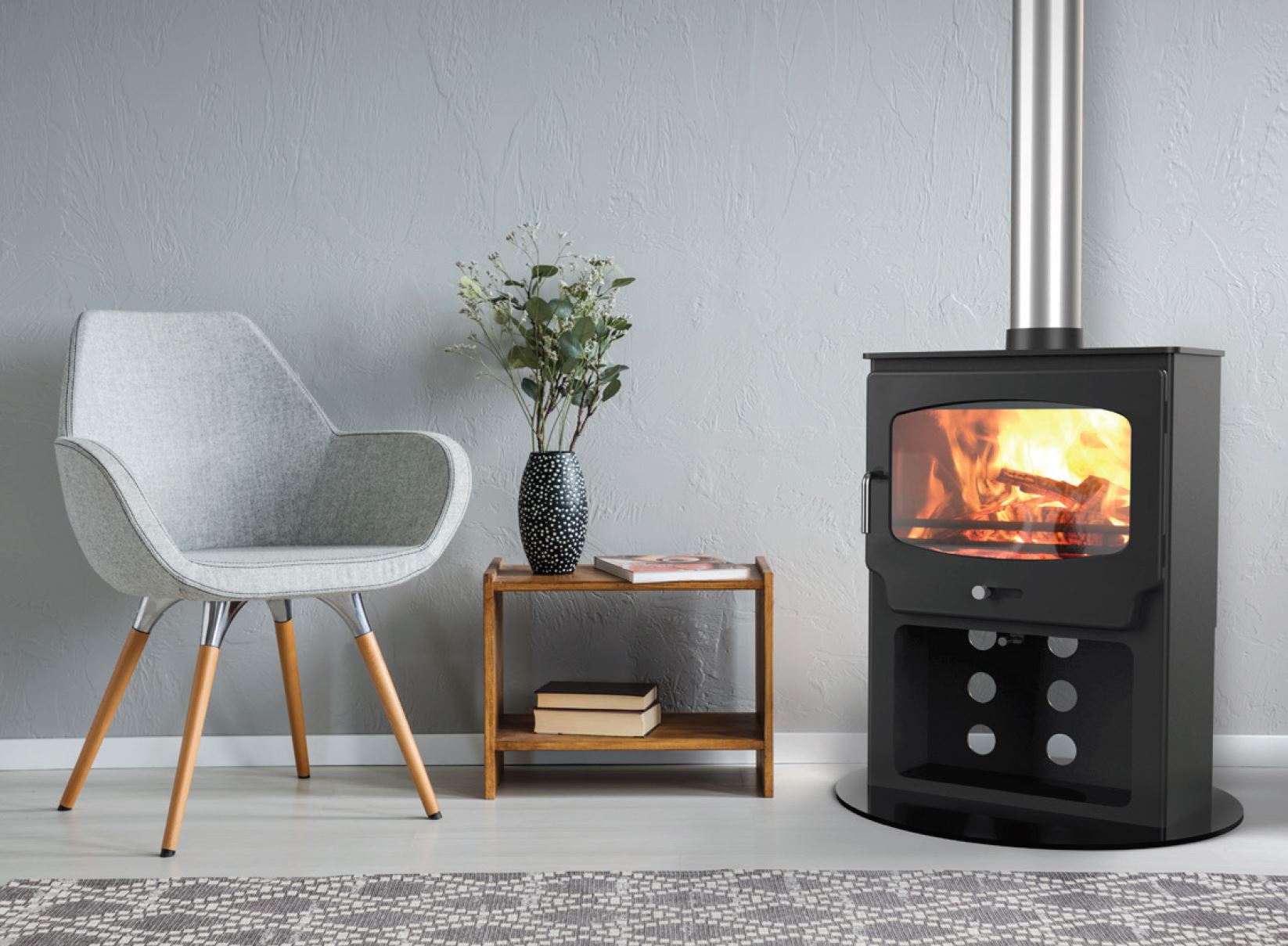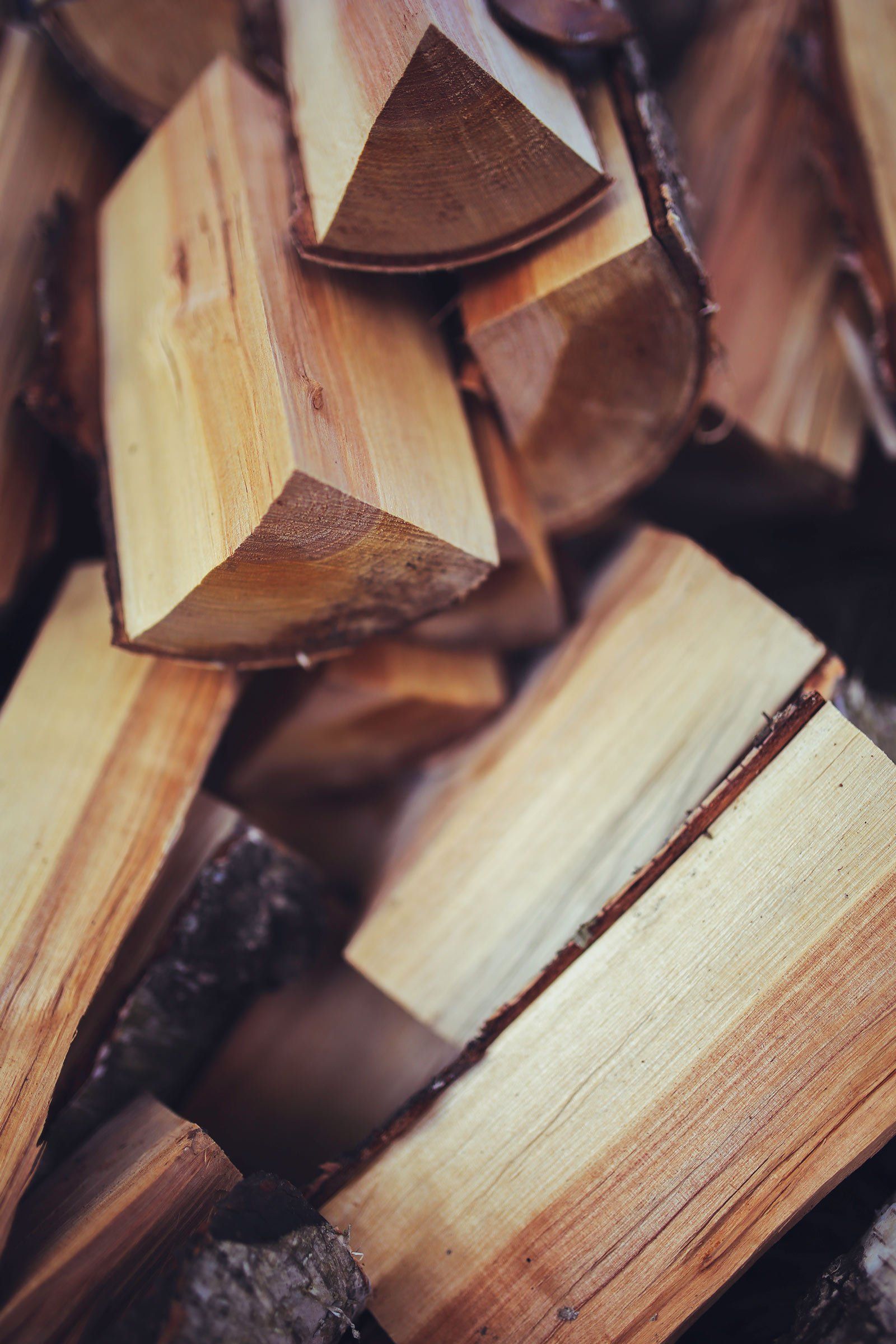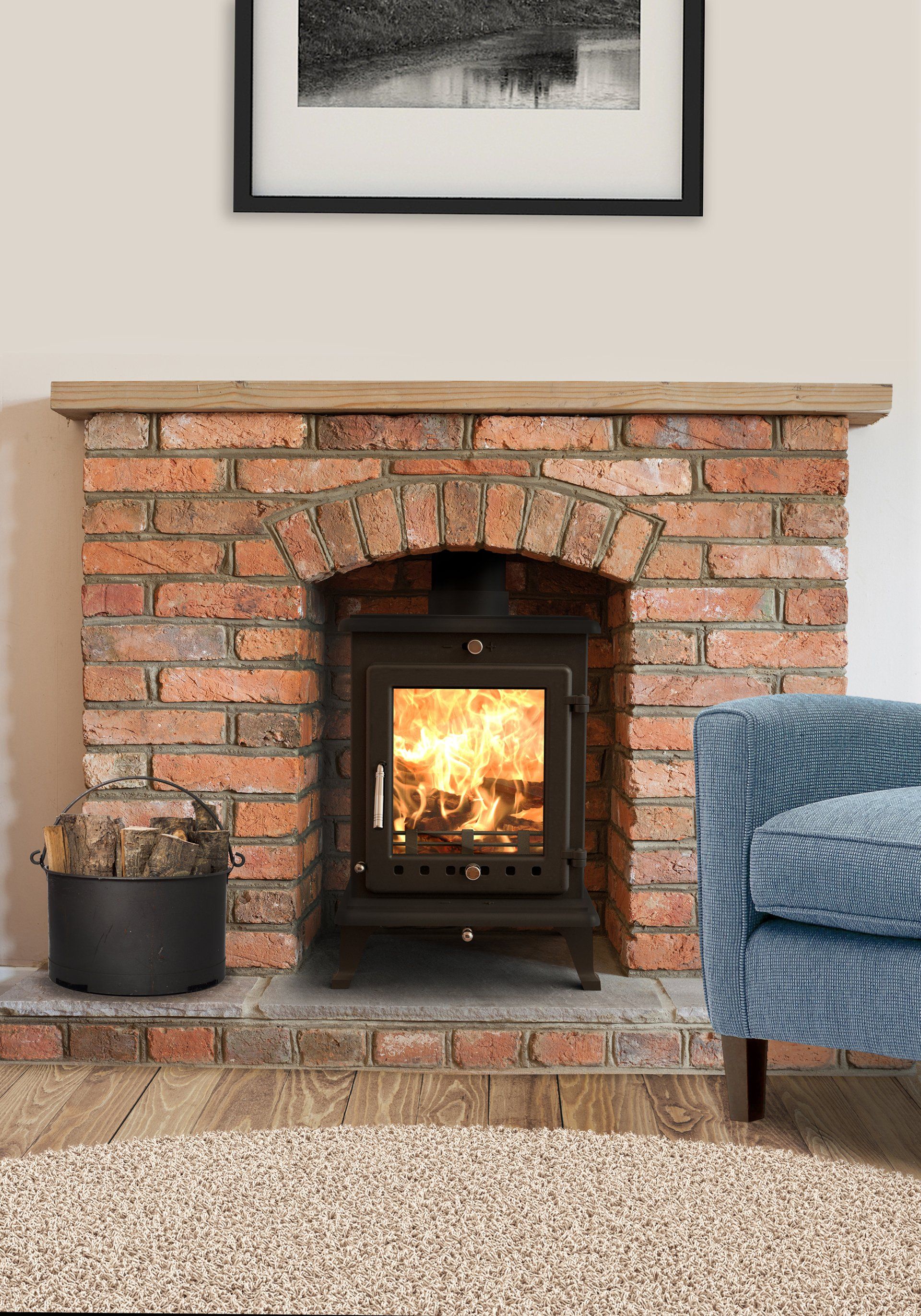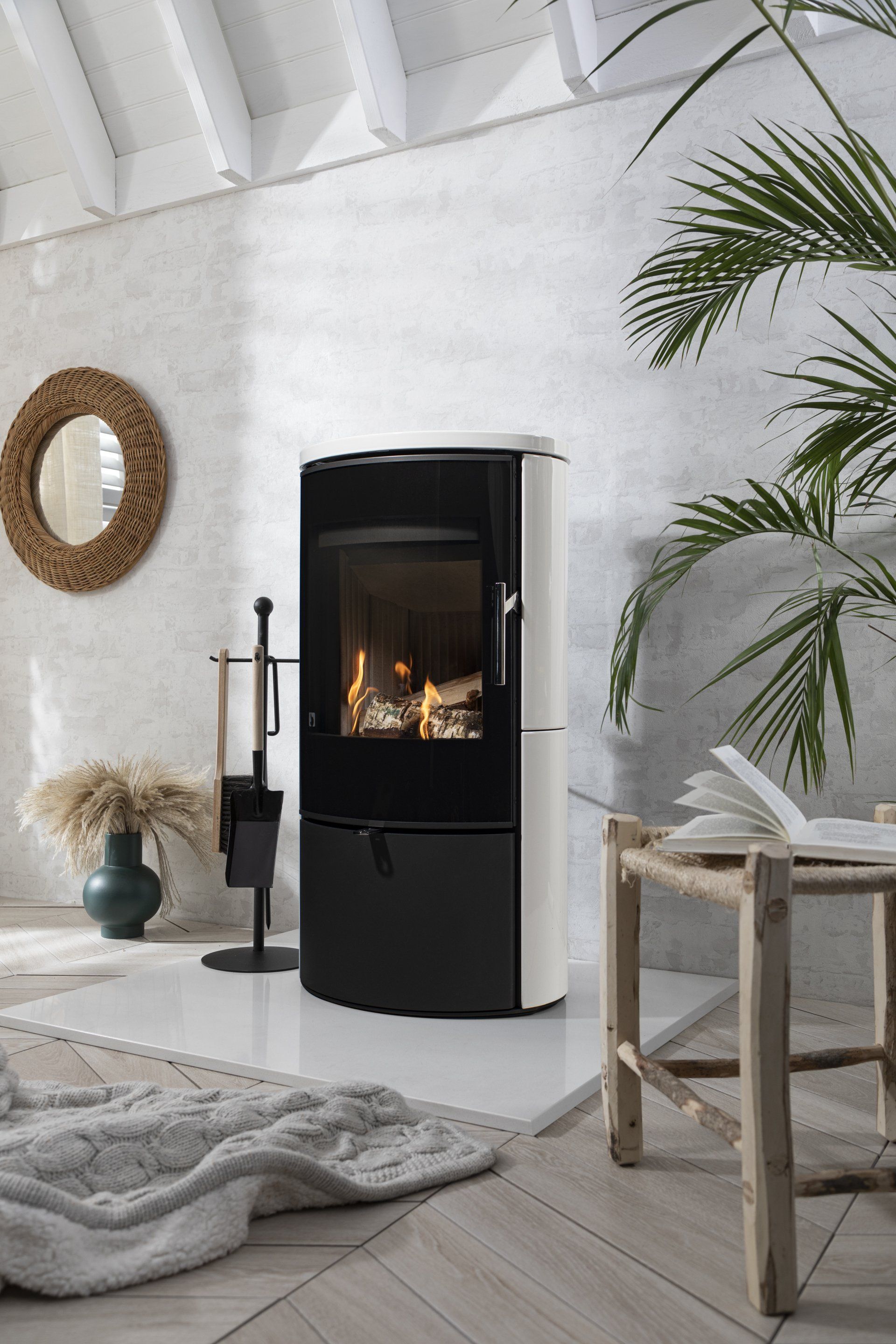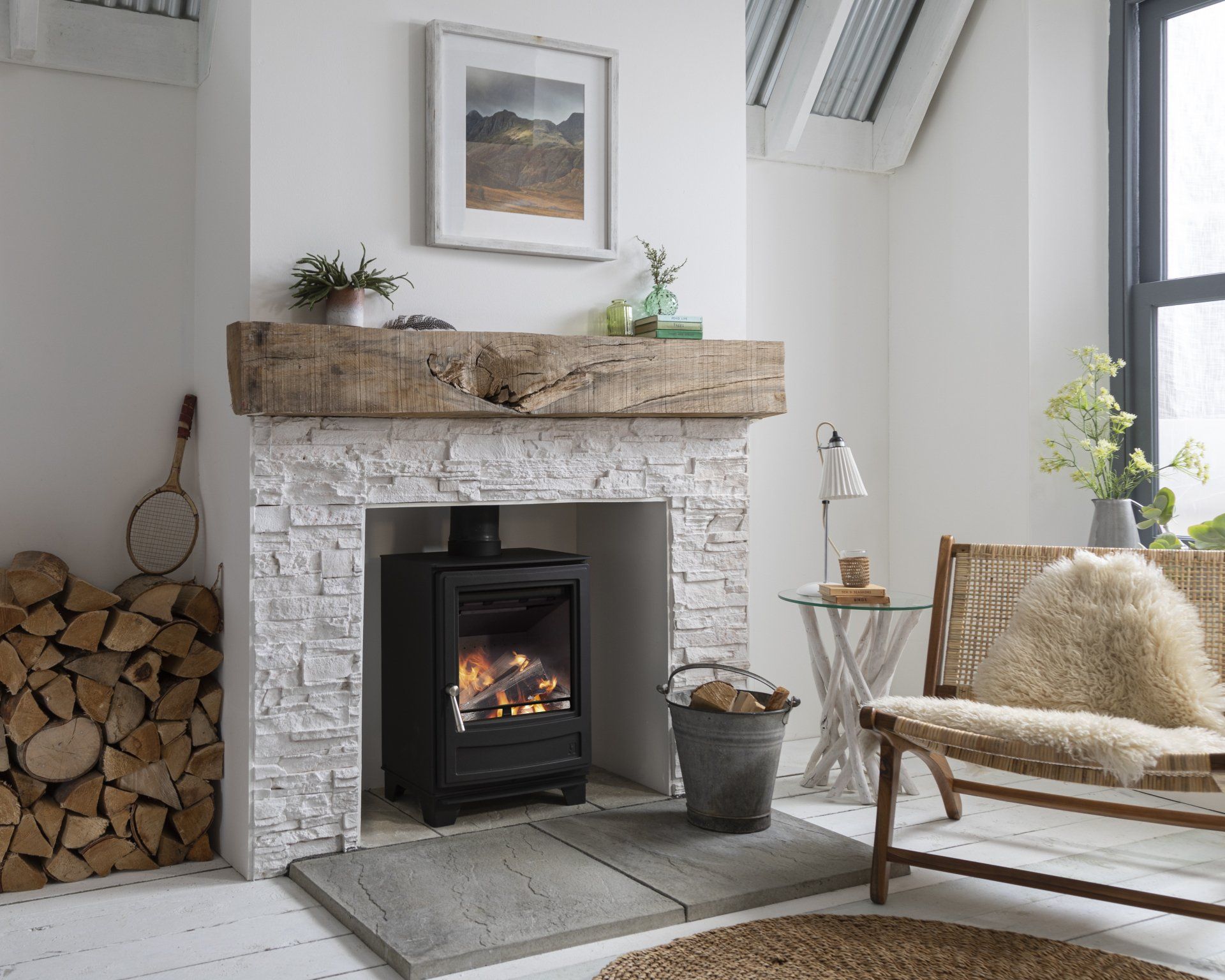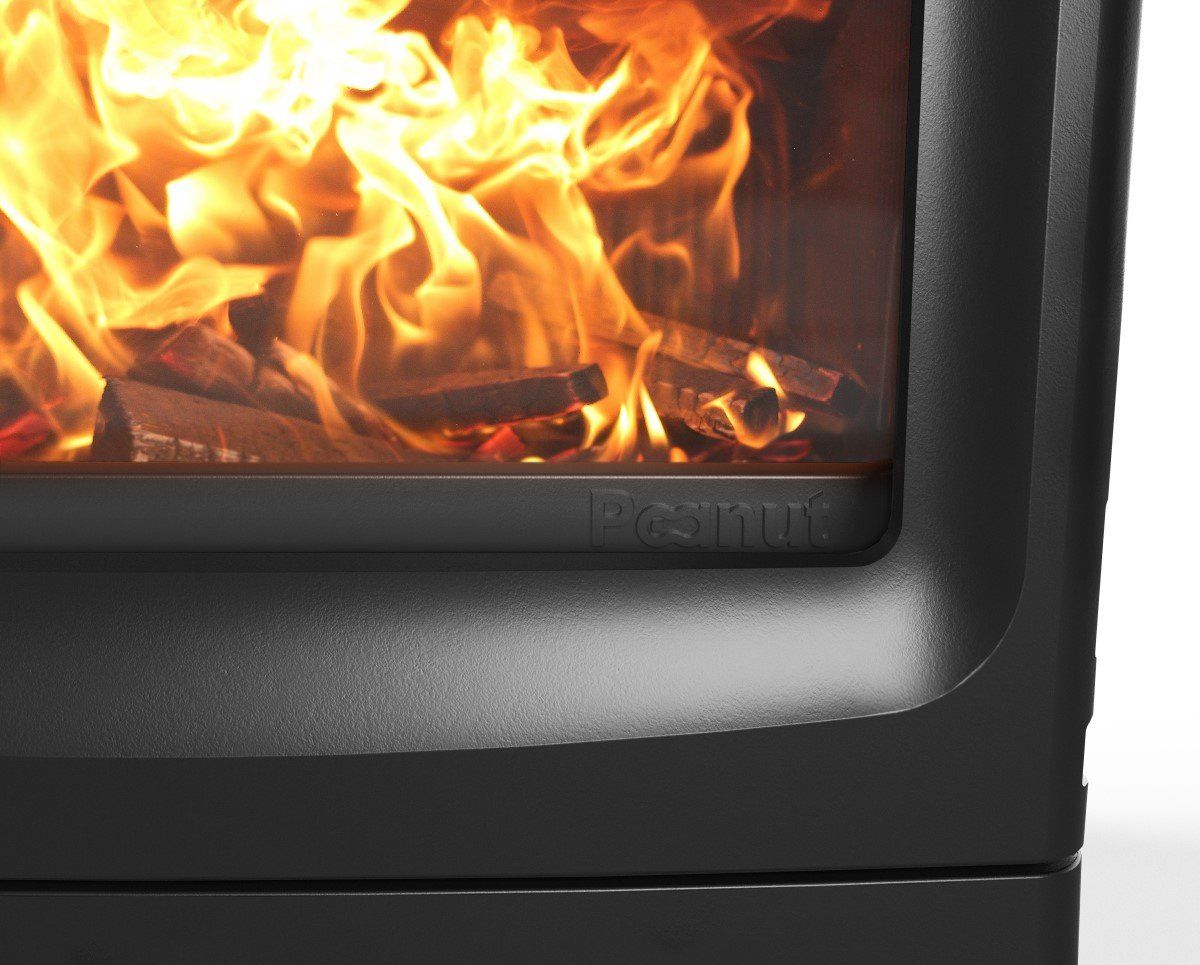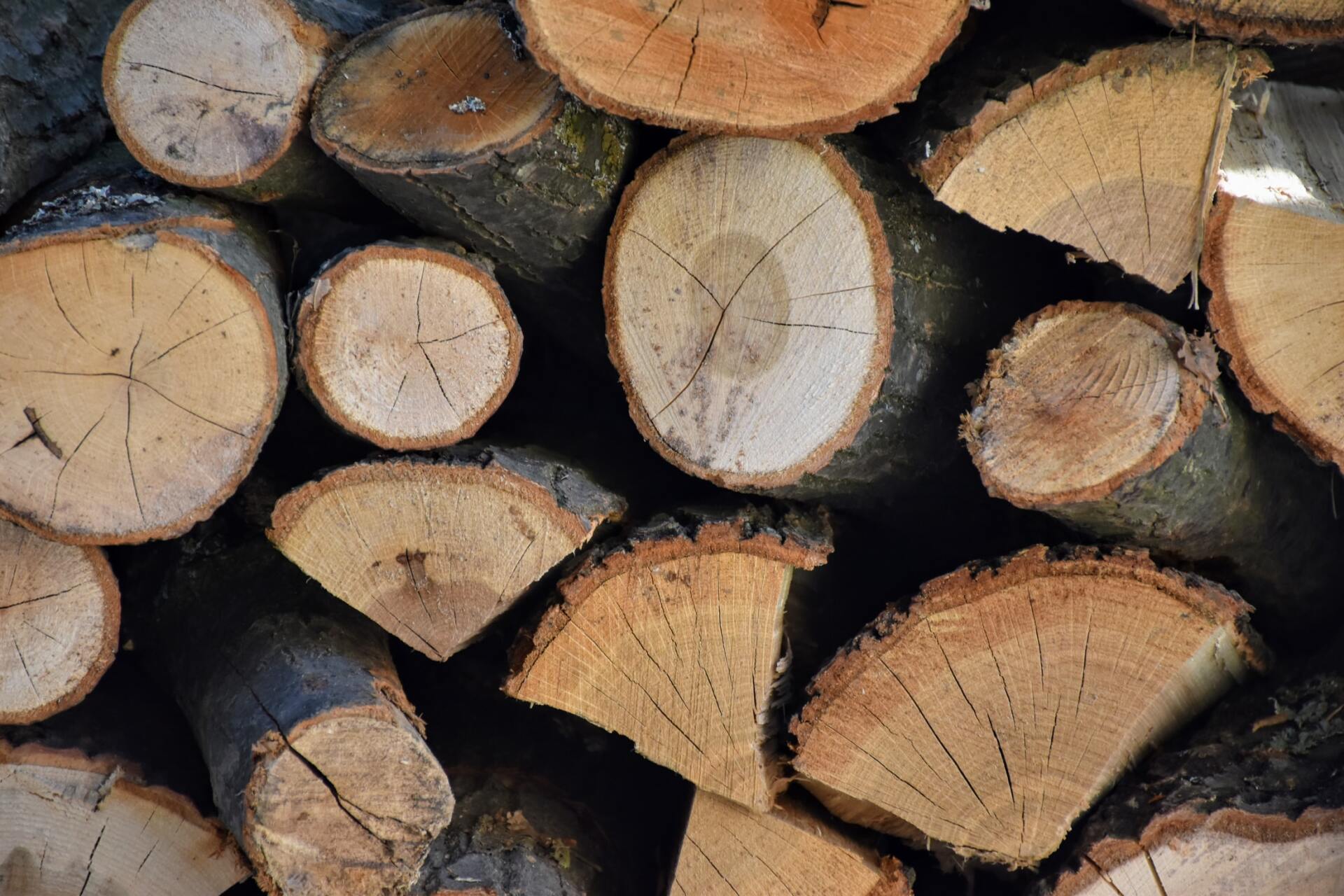Choosing your new stove...
.Our tips and tricks for you to consider when you are choosing your new woodburner or multifuel stove.
Our Advice: Choosing a stove
Do you live in a Smoke Controlled Area?
No Chimney? No Problem!
What do you want from your stove?
Heat Output
What Space do you have?
Freestanding, Inset OR Cassette, which type of stove should I choose?
SIze
Woodburner OR Multifuel stove, what is the difference?
Cast Iron, Steel or Hybrid construction, which is best?
Style; Traditional, Contemporary or something in between?
Do you live in a Smoke Controlled Area?
We have had many conversations with our customers over the years on the subject of Smoke Controlled Areas, as many believe it is not possible to have a woodburner or multifuel stove if they reside in one. This is NOT the case. If you live in a smoke controlled area you simple need to choose a woodburner or multifuel stove that is approved for use in these areas. This is often referred to a DEFRA Exempt or DEFRA Approved.
No Chimney? No Problem!
You don't need a chimney to have a woodburning or multifuel stove installed. We can use double wall/twin wall pipework to create a chimney so you can enjoy a real fire!
What do you want from your stove?
Heat or a focal point?
Both?
Not everyone wants the same thing from a woodburner or multifuel stove. It is important to consider exactly what it is you want to achieve from the stove you choose. This is the starting point of all consultations in our showroom because it provides us with the basis on which we will start making recommendations, therefore we recommend this is one of the first things you consider when you first start your search.
Not completely sure what it is you want from your stove? Consider your lifestyle. Are you a busy professional that will only use the stove at weekends? Will the stove be lit every evening instead of turning on the central heating? OR do will you only light it on special occasions like Christmas?
Your lifestyle is key as we want to make sure the stove you choose will harmonise with your lifestyle, not hinder it!
Heat Output
The recommended heat output for your woodburning or multifuel stove depends on the size of the room as well as other factors.
A basic guide for heat output needed for a room can be worked out using this simple formula;
The Width x Height x Depth of a room in metres, divided by 14.
However, factors such as the age of a house, level of insulation, number of windows, size of fireplace & individual needs can affect this. Therefore, we strongly advise to have a site survey carried out by our in-house HETAS engineer who will be able to offer professional advice on what would best suit your needs.
What Space do you have?
Living space is a premium and not everyone has the space for a large freestanding stove but still want a real fire. The space you have for a woodburner or multifuel stove can help you streamline your choices.
Freestanding, Inset or Cassette, which type of stove should I Choose?
When most people think of a wood burning or multi fuel stove, they often picture the freestanding models. However, freestanding stoves are not the only option available. We can supply and fit freestanding, inset and cassette stoves. The choice between these stoves depends on your needs and circumstances. There are advantages and disadvantages to these options.
Freestanding
These stoves are brilliant for people that have the space available, freestanding stoves will put out more heat than other types.
However, these stoves do need space around them in order to function properly. For those with large rooms or fireplaces they are often a quick and relatively simple fit, however for those with smaller fireplaces who still want a freestanding model we often have to alter the existing fireplace in order to ensure the stove will function properly and the installation will comply with regulations.
If you don’t have a chimney and still want a stove, then a freestanding stove is the one to go for.
Inset
While freestanding stoves are perfect for those with the space or don’t mind the alterations, inset stoves are a good alternative for those with smaller fireplace openings or do not have a lot of space to spare. We usually install inset stoves in the place of gas, electric or open fires. Inset stoves are designed to fit into most standard fireplace openings. These fires are fitted into the opening in the chimney breast and only the very front section of the fire protrudes. These stoves are often the most cost-effective option for those who have an existing chimney with a small or standard fireplace opening.
Inset stoves produce more heat than open fires, gas and electric. However produce less heat than free standing stoves.
Cassette
Cassette stoves are similar to inset stoves, however there are a few differences. They have an extra in layer of metal around the firebox, this traps hot air between the layers and feeds it out through air vents. Cassette stoves also sit flush against the wall, providing a sleek and modern finish. They also can be fitted to appear as if they are floating in the wall, or can be supplied with a 3 sided trim so they can sit in the same position as an inset.
These stoves are often a bit more expensive than an inset, but they are ideal for people who want the beauty and heat of a real fire without taking up much space. If the cassette stove is listed as a convection stove it will produce more heat than a standard inset.
You will get the most heat from a freestanding stove, however not everyone can have one due to their needs and circumstances. Inset and Cassette stoves are a good alternative for customers who have this issue, but still want a stove.
Size
It used to be the bigger the stove, the bigger the output. This is no longer the case! For example, the two stoves pictured above both have a nominal heat output of 5kW!
Woodburning & multifuel stoves now come in a range of different sizes without lowering or increasing the heat output, allowing you more choice to find the perfect stove for your needs and living space.
Whether you have a small room with a large inglenook fireplace, an average sized room with a small fireplace or a large open plan space, there is a stove for you.
Woodburner Or Multifuel stove, what is the difference?
This is often the first question we are asked when someone comes to us looking for a woodburner or multifuel stove. There is a lot of information online about this subject, and just as much misinformation, which causes a great deal of confusion to our customers.
Woodburners
A Woodburner is designed to only burn logs (with a below 20% moisture reading). These stoves are usually built with a flat base rather than a grate. However some will have a grate and ash pan. This means ashes can built up allowing wood to burn more effectively and efficiently. Wood burners are generally more eco-friendly.
Multifuel Stoves
A Multifuel stove is designed to burn logs (with a below 20% moisture reading), smokeless fuels (Usually Anthracite based). These stoves are usually built with a grate system and removable ash pan.
Burning Wood
When sourced responsible wood is a sustainable fuel source, and therefore many of our customers prefer it for that reason. It is cleaner burning than smokeless fuels (such as anthracite) however when burning wood the burner will need topping up more often than when burning smokeless fuels.
Burning Smokeless Fuels
Smokeless fuels are a popular choice for burning on a multifuel stove, this is because it burns hotter than wood and for a longer length of time. However it is not as clean burning as wood and is a fossil fuel.
Which is best?
This choice is a personal one.
Many of our customers opt for Multi Fuel stoves so they can have the choice of what they can burn and because they come with a removable ash pan. Some of our customers prefer a wood burner because wood is a sustainable fuel source and don't intend to ever burn coal. However, the choice is completely down to you & your needs.
Some stove brands and models offer the option of ether having the stove and a multi fuel or a woodburner and you can convert later if you change your mind. Other brands and models only offer stoves as a wood burner or a multi fuel.
Depending on the brand or model of stove it is often cheaper to have a wood burner. However, in some cases the price difference is very small between a woodburner and a multi fuel stove. But if you decide to convert the wood burner to a multi fuel later it can be expensive.
If you would like advice on what would suit you best please feel free to speak to a member of our showroom team, who will be happy to help.
Cast Iron, Steel or Hybrid construction, which is best?
Wood burners and multi fuel stoves are usually made of cast iron, steel or a mix of the two. For example, some stoves have a twin skin body, one being cast iron and one being steel. Some stoves are steel bodied with cast iron components. For some stoves the body and components are either steel or cast iron.
Steel
Woodburning and Multifuel Stoves with a Steel body will heat up the fastest, however they will not retain heat as long as cast iron.
Steel bodied stoves are fantastic for quick heat when you want to light your fire for the evening after work!
Cast Iron
Cast Iron bodied woodburning & multifuel stoves retain heat the longest, however they take longer to heat up.
Cast Iron bodied stoves are popular with those who intend to cook on their stoves or want a long term sustained heat.
Hyrbid Contruction
Woodburning & multifuel stoves with hybrid body construction are designed to provide owners with the best of both steel and cast iron bodied stoves, and while it wont heat up quite as quickly as a purely steel bodied stove, it will retain heat longer. However it wont retain heat quite as long as a purely cast iron bodied stove.
Like when choosing between a wood burner or multi fuel stove, choosing between cast iron, steel or a hybrid stove is a personal choice based on how you intend to use the stove.
Style; Traditional, Contemporary or something in between?
Style is a very personal thing, and everyone has different tastes.
We tend to divide our stoves into two style categories: Traditional & Contemporary. This is to make it easier for our customers to search through our stoves and for us to direct customers towards stoves that will best suit their tastes. However, many of our stoves are versatile and can suit both traditional and contemporary settings.
The style of your woodburner or multifuel stove is something that we recommend considering early on in the process, as with so many stoves on the market it can really help streamline your search.
Shape
In recent years with new technologies and manufacturing techniques woodburning & multifuel stoves come in a range of different shapes and sizes, not just the rectangular shape most imagine. You can now buy cylindrical and even triangular shaped stoves.
However the shape you choose can have a dramatic effect on the aesthetics of your living space. Cylindrical stoves create a very contemporary look, where as the traditional rectangular shaped stoves are very versatile. These traditional shaped stoves can harmonise with modern, traditional, rustic and even industrial décor to name a few.

